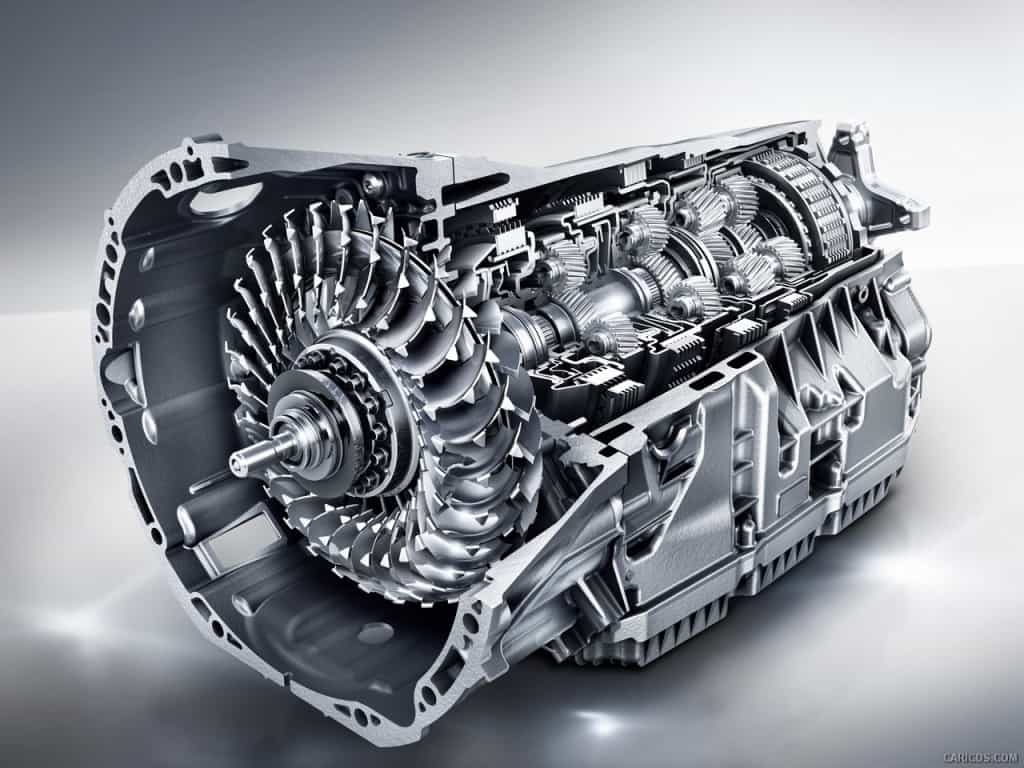It can be really scary with any transmission slipping. With the 700R4 transmission specifically, it is possible that the transmission is fine yet still slipping. Or at least it gives the feeling of slipping. A TV cable that is out of adjustment can give a very similar feeling. If it is out of adjustment the shift pressure will be down and may be hindering the ability for the transmission to shift. If you do have that feeling, but are pretty sure that the transmission should be fine try adjusting the TV cable. It’s pretty easy to do. This guide is very helpful. Check it out. If it’s not the TV cable, just follow the normal diagnostic Cycle for any transmission. This also is true for the smaller transmission, 2004R. Make sure that your fluid is at the proper level. Often, low transmission fluid is the cause. You may also be interested in how to know if your transmission is slipping. That’s a great place to start.
Automatic Transmission Slipping
Typically, a transmission will first begin slipping when it is under a heavy load, so you’ll generally feel the engine rev higher even though you haven’t pushed the gas pedal any harder. This is very serious stuff. It is VITAL that you get your vehicle to safety right away. Below you will find a list to help you diagnose the issue.
Diagnosis:
Low or No fluid– The first thing that you’d want to look at is the transmission fluid level. Most manufacturers want you to check the fluid when the vehicle is at normal operating temperature. The dipstick should say something along the lines of “full-hot”. If the fluid is low, and you haven’t driven the vehicle with the transmission slipping too much, you may have gotten off lucky. If you can’t remember the last time that you changed the changed the fluid see number 2 directly below.
Burnt/Old fluid– If the transmission fluid is burnt smelling, but otherwise looks full you still may have stumbled upon the problem. Just like all fluids in a vehicle, transmission fluid breaks down with the passage of time. It is one of the most neglected maintenance items on a vehicle.
Software or Sensor – Most modern vehicles have software that controls when and how hard the transmission will shift. It is told when to shift and how to behave by vehicle speed sensors, transmission pressure sensors, and other sensors depending on the model. These sensors all go to the ECU, which is the brain for the entire drivetrain. So you may have luck with determining if your ECU is throwing any trouble codes. Many parts stores will plug in a diagnostic reader free of charge to help you determine what is happening.
Mechanical– The above 3 diagnosis recommendations are something that the average person can at least take a look at. Certainly you can save yourself a lot of money if you can avoid an expensive trip to the garage. But, sometimes it is inevitable. An automatic transmission is a very complex machine. Even for a seasoned do it your self mechanic it is very difficult to repair one.
Manual Transmission

A manual transmission is a much simpler piece of drivetrain to diagnose and work on. There aren’t multiple clutch packs to diagnose, nor are there as many sensors. Although a manual transmission will need gear oil(or transmission fluid), low oil will not cause the transmission to slip. It will cause the transmission to fail, but generally it needs less attention than its manual counterpart.
Diagnosis:
Clutch/Pressure Plate Failure- Think about the clutch as a giant brake pad. It grips your engine when you release the clutch pedal. No matter how good a person is at not burning the clutch up it is still going to wear out. It is a part that is meant to be replaced during the life of a vehicle. In your authors experience, a clutch will always let you know that it is giving up while under heavy throttle at higher speeds, such as when you are going uphill on a highway. You will feel the engine rev without pushing the clutch in. It will often be accompanied by a rotten egg smell. If this happens to you try and get home at slower speeds in your lower gears. You may find the clutch won’t slip this way(don’t worry it will soon enough).
Engine Oil Leak- Although it does not often happen very often, you may find that the engine crankcase is letting oil onto the flywheel. This will cause the clutch to slip. It will than burn the oil off and grip again relatively quickly.
Improperly Resurfaced Flywheel- If you’ve recently had your clutch redone, you may find that the clutch wasn’t aligned quite right or that the flywheel was improperly resurfaced. If these two surfaces aren’t mated together in the flattest most even way possible the contact surface will diminish. This greatly decreases the clutches life.
A note: If you are going to get a new clutch do not skip having the flywheel resurfaced or replaced. You’ll save money and headache in the long run when you don’t need to pay to have this redone prematurely.

